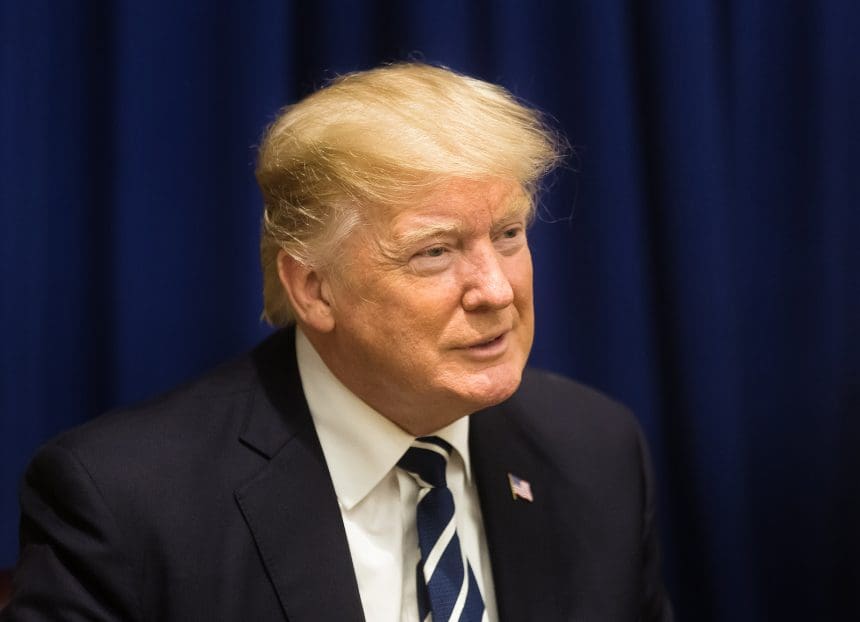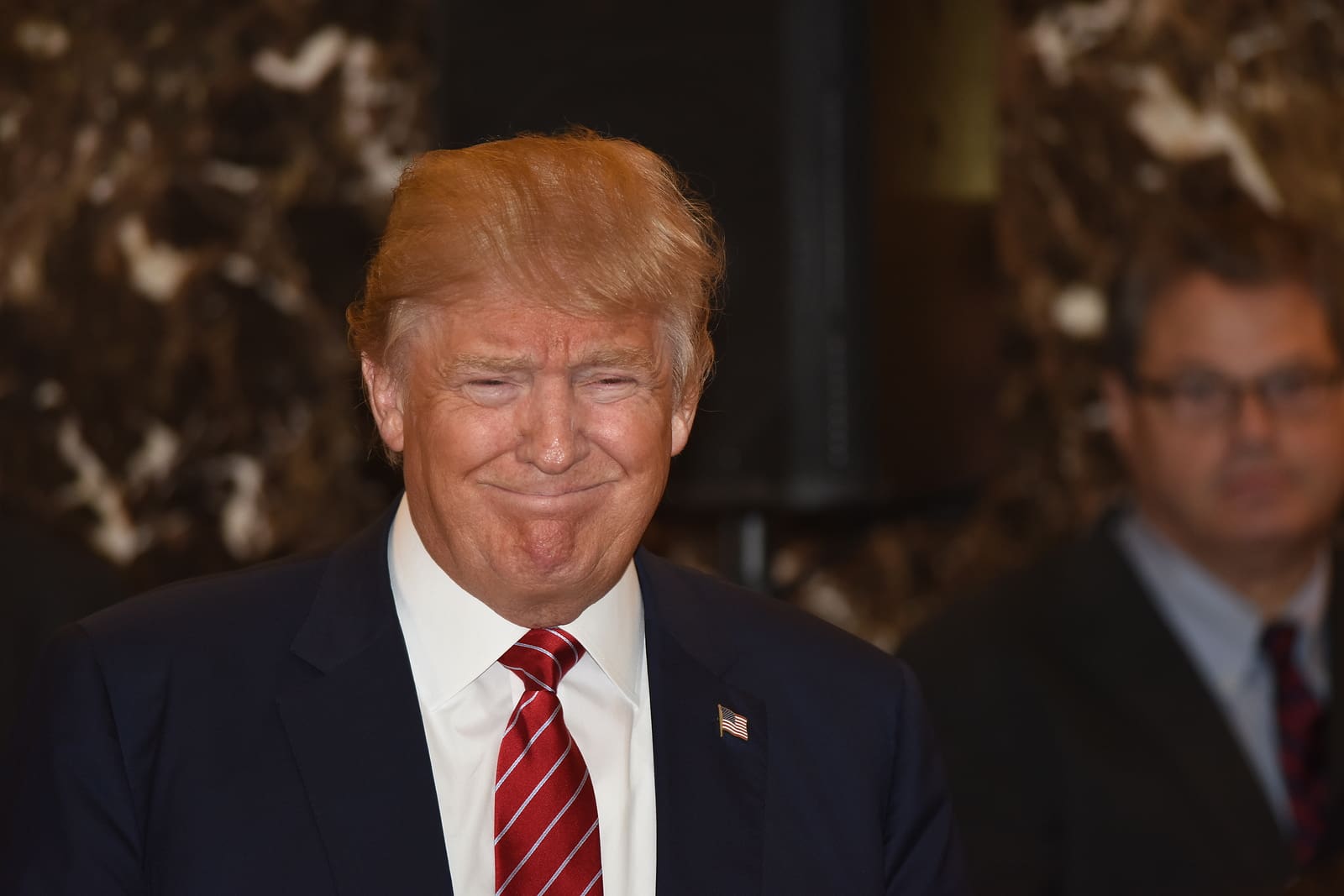President Trump’s Leadership in Washington, D.C. Could Spark a Nationwide Revival
(STL.News) Trump – Across the United States, cities are facing an undeniable crisis. Violent crime rates remain stubbornly high, critical infrastructure is breaking down faster than it can be repaired, and public confidence in local leadership has eroded to dangerous lows. In the nation’s capital, Washington, D.C., these challenges have reached a tipping point. In response, President Donald J. Trump has taken decisive action, asserting federal control to reduce crime, restore order, and set an example for the rest of the nation.
This bold move may not only be a turning point for D.C., but also a signal to other cities that strong, results-driven leadership can still transform America’s urban landscape. As the United States grapples with rising violence, decaying infrastructure, and fractured communities, the urgency for effective, fearless leadership has never been greater.
A City in Decline Before the Intervention
For years, Washington, D.C. has faced the same troubling pattern that has plagued many major U.S. cities—skyrocketing violent crime, declining police morale, and a justice system that too often cycles offenders back onto the streets. Homicide rates have surged, carjackings have become an almost daily occurrence, and entire neighborhoods have been destabilized by open-air drug markets and organized theft rings.
The crisis in D.C. is not isolated. St. Louis, Chicago, Philadelphia, Baltimore, and San Francisco are all grappling with similar breakdowns in public safety and infrastructure. The causes vary—economic inequality, political inaction, strained police-community relations—but the result is the same: residents feel unsafe, and businesses are closing or relocating, accelerating the economic and social decline.
President Trump’s Plan to Restore Order
President Trump’s decision to take direct control of Washington, D.C.’s crime response represents a clear break from the “wait-and-see” approach that has defined too many urban administrations. His plan focuses on three core pillars:
-
Enhanced Federal Law Enforcement Presence
Federal agencies, including the FBI, ATF, and U.S. Marshals Service, have been directed to coordinate more closely with local police. This ensures that repeat violent offenders, gang leaders, and organized crime networks face swift and decisive prosecution. -
Zero-Tolerance for Violent Crime
Trump’s leadership team has made it clear: violent offenses will be met with immediate arrest and aggressive prosecution. There is a renewed push to keep dangerous offenders behind bars rather than releasing them back into communities without accountability. -
Rapid Infrastructure and Community Repair
The administration is pairing public safety efforts with targeted investments in neglected neighborhoods. Fixing streetlights, repairing roads, and revitalizing public spaces are part of restoring both safety and civic pride.
Why D.C. Could Become a Model for the Nation
The situation in Washington presents a rare opportunity to test whether robust federal oversight can reverse decades of urban decline. If successful, the model could be adapted for use in other cities where local governments have struggled to control crime.
The stakes are high. A revitalized D.C. would not only improve the quality of life for residents but also project an image of strength and stability to the rest of the country and the world. America’s capital should stand as an example of law, order, and opportunity—not a cautionary tale.
Lessons from St. Louis: Holding Parents Accountable
In Missouri, St. Louis officials recently announced a controversial policy to hold parents accountable when their minor children commit crimes. The idea was straightforward: address the root causes of juvenile crime by placing responsibility on parents and guardians to supervise and guide their children.
But as of today, it remains unclear whether this policy has been fully implemented or enforced. Announcements alone will not change behavior—follow-through is essential. Policies that are not backed by consistent enforcement quickly lose credibility, and communities remain vulnerable to the same patterns of youth crime and violence.
President Trump’s approach differs in one critical way: it places operational control in the hands of those who are willing and able to enforce the law consistently. Rather than relying on symbolic measures, the administration is deploying resources, manpower, and clear directives to ensure results.
The Broader Crisis: Violence, Crime, and Decaying Infrastructure
Urban America is facing a convergence of crises. Crime rates are only the most visible symptom. Beneath the surface, infrastructure failures are compounding the problem. Crumbling roads and bridges, outdated water systems, and neglected public transportation networks discourage investment, drive away residents, and create an environment where lawlessness thrives.
In some cities, emergency services are stretched so thin that police and fire departments cannot respond quickly to calls. Meanwhile, decades of underinvestment in public works have left schools, parks, and community centers in disrepair, depriving residents of safe, constructive spaces.
Why Strong Leadership Matters Now More Than Ever
Leadership is not simply about holding office—it is about making tough decisions, standing by them, and delivering tangible results. For too long, many city leaders have been paralyzed by political calculations, afraid to take actions that might spark controversy.
President Trump’s intervention in D.C. demonstrates a willingness to risk political backlash in order to achieve real-world change. That kind of resolve is what America’s cities need to recover from decades of decline. While critics may argue about the scope of federal authority, residents suffering from daily violence are more concerned with safety than political debates.
The National Ripple Effect Created by President Trump
Suppose Washington, D.C., experiences a meaningful reduction in violent crime and visible improvements in infrastructure under Trump’s leadership. In that case, other cities will take notice. State governors and city mayors who have resisted federal involvement may be pressured by their constituents to adopt similar strategies.
Such a shift could represent the beginning of a national urban renewal movement—one that blends strong law enforcement with targeted community investment. It would send a clear message: crime is not an inevitable part of city life, and decline is not irreversible.
The Role of Local Communities
Even the most robust law enforcement strategy requires community buy-in. Residents must feel invested in their neighborhoods and willing to work alongside police, federal agencies, and civic leaders. President Trump’s model emphasizes the need for partnerships with churches, schools, and nonprofit organizations that can help address the social factors contributing to crime.
By pairing enforcement with education, job training, and youth engagement programs, cities can attack the root causes of violence rather than simply reacting to its symptoms.
Trump – Overcoming the Political Divide
One of the biggest obstacles to replicating D.C.’s potential success in other cities is political polarization. Crime reduction should be a bipartisan priority, but it is often treated as a partisan talking point.
President Trump’s actions in Washington challenge leaders across the political spectrum to put aside ideological differences and focus on results. Residents do not care whether a program is labeled conservative or progressive—they care whether their streets are safe and their communities are thriving.
Restoring the Beauty of America’s Cities
America’s cities were once the engines of innovation, culture, and economic growth. They can be again—but only if leaders are willing to make bold choices and commit to sustained action. President Trump’s intervention in Washington, D.C., may be the first step toward a broader renaissance.
From historic neighborhoods in St. Louis to the waterfront districts of Baltimore, the potential for revival is real. But it will require the same decisive leadership, the same refusal to accept the status quo, and the same willingness to enforce laws and rebuild communities from the ground up.
Final Thoughts: A Call to Action
The problems facing America’s cities are complex, but they are not unsolvable. What is needed is a combination of courage, clarity, and commitment. President Trump’s leadership in Washington, D.C., demonstrates that swift, unapologetic, and focused action can restore order and hope.
If the results in D.C. are as transformative as supporters believe they will be, the model should not stop at the Potomac River. St. Louis, Chicago, and countless other cities are waiting for leaders who will prioritize the safety and well-being of their citizens above all else.
The beauty of America’s urban landscape can be saved. But it will take leaders willing to follow Trump’s example—leaders who understand that protecting the public, enforcing the law, and rebuilding infrastructure are not optional tasks. They are the foundation of a thriving, free, and prosperous nation.
© 2025 STL.News/St. Louis Media, LLC. All Rights Reserved. Content may not be republished or redistributed without express written approval. Portions or all of our content may have been created with the assistance of AI technologies, like Gemini or ChatGPT, and are reviewed by our human editorial team. For the latest news, head to STL.News.






